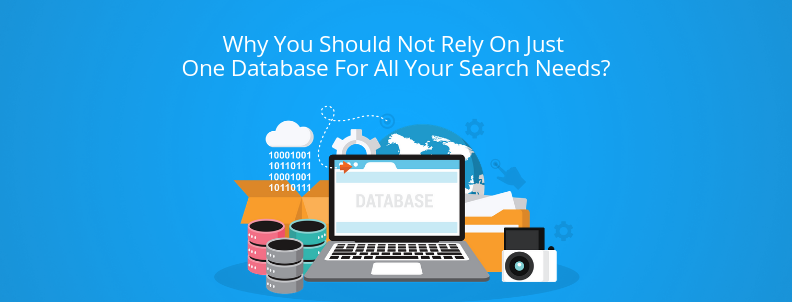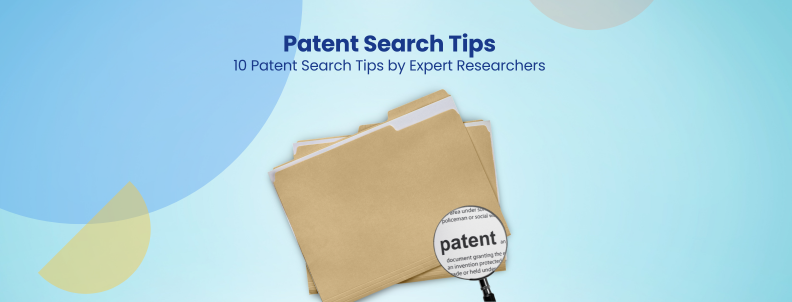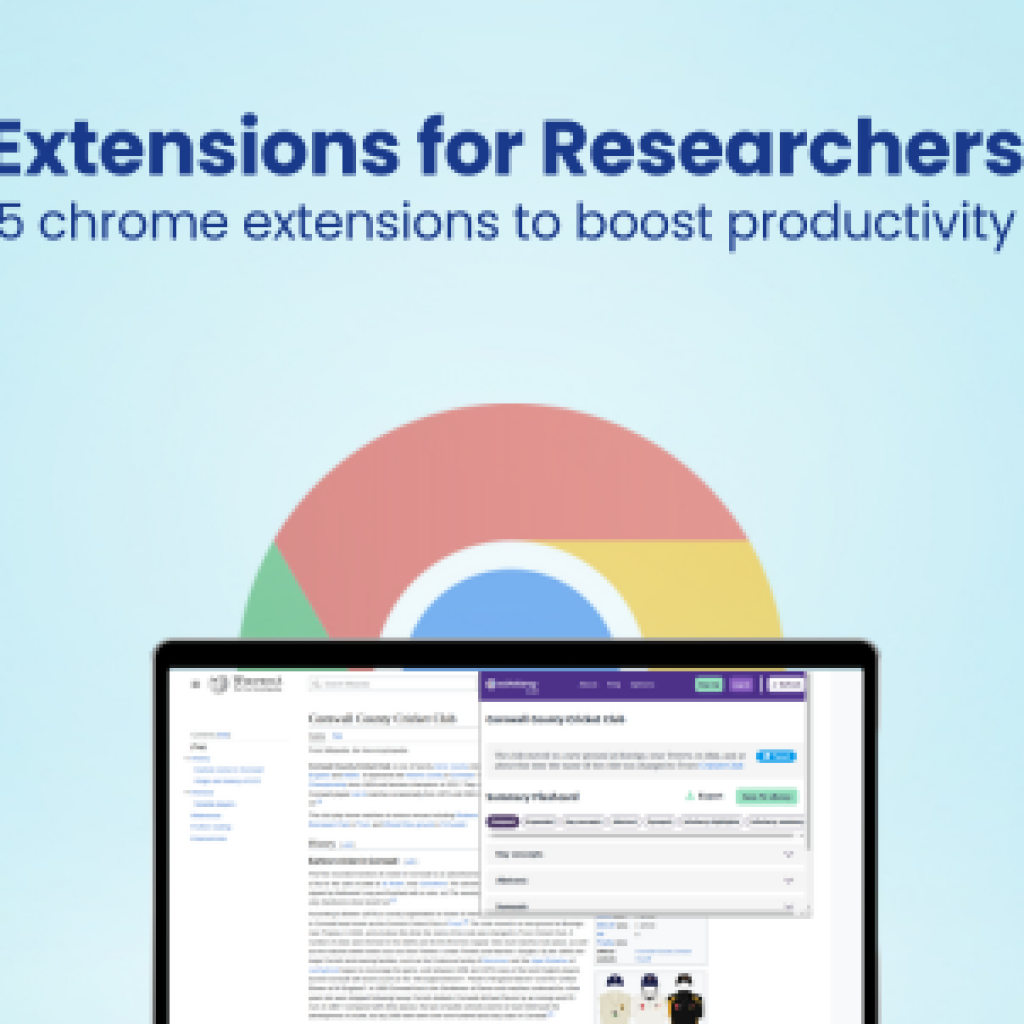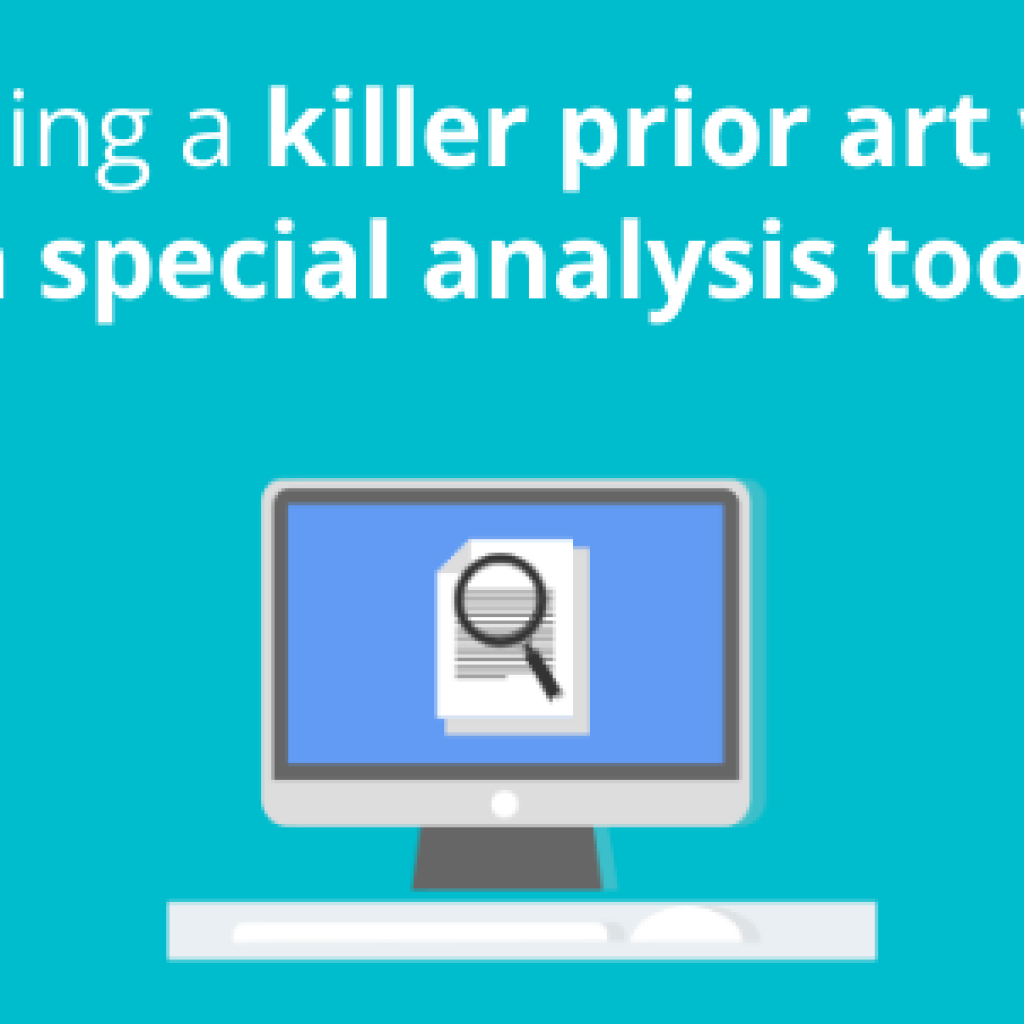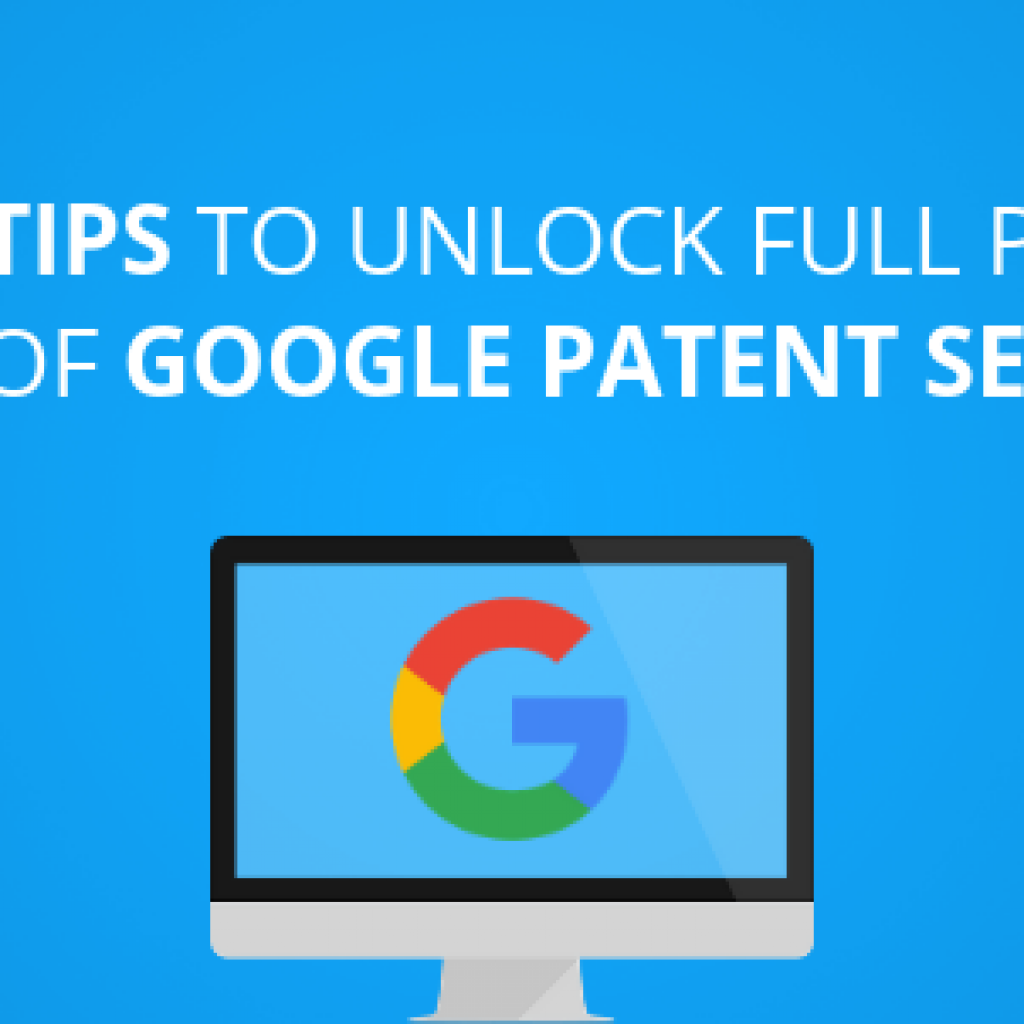This article highlights some of the issues caused by sticking with just one database for all your search needs and how it could be solved. Whether you’re an attorney/counsel searcher conducting searches, this article will surely be an eye-opener for a lot of you.
Whenever we start a new project our first tendency is to quickly make a string and execute it on one of our favorite databases. But, here comes the human biasing. Over a period of time, we develop our preference of databases on the basis of their ease of use, smooth interface, and availability. Sadly, this preference might make one miss out on several patents, because no database out there will offer you an exhaustive coverage.
Not on the same page? Let me give you an instance.
Imagine this – For some reason, your client wants an exact count of all the patents that mention ‘Sensor OR Sensors’ in Claims/Title/Background. What would you do?
Chances are you will:
- Prepare a String: Title/Abstract/Claim=(Sensor OR Sensors).
- Execute the String.
- Extract the family Hits.
And your job is done!
Now, what if your client/manager cross-checks the hits and finds a patent missing from your set?
You will keep pondering what exactly did you do wrong? However, it’s not completely your fault.
Why?
Because your ‘Dear Database’ does not have the full translated text available for some of the patents, for instance, a Chinese patent. So, whenever you begin a new project, be it building a patent estimate or performing a prior-art search — do run your queries on multiple databases (even Google Patents) to ensure comprehensiveness.
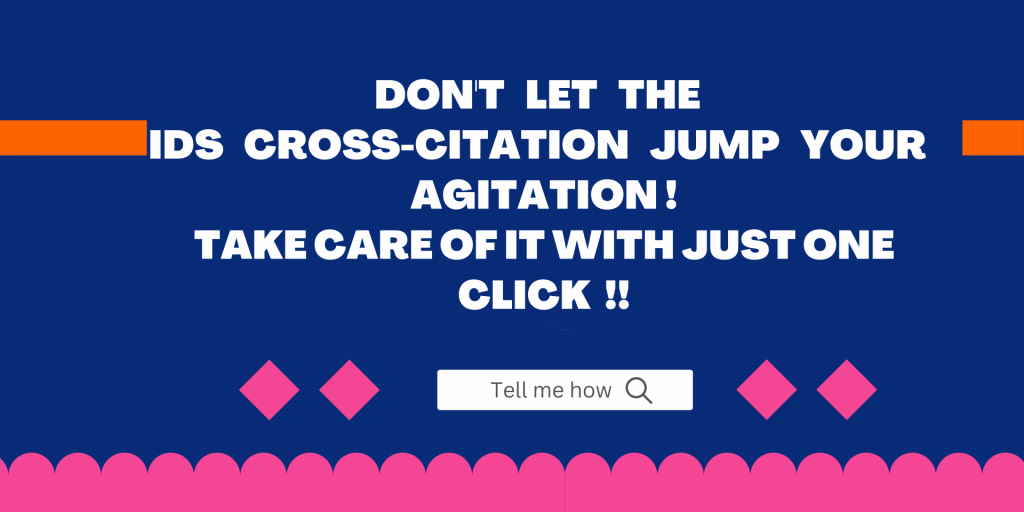 Below we have listed a few more exemplary situations for different projects which you might want to take care of –
Below we have listed a few more exemplary situations for different projects which you might want to take care of –
Categorizing patents
This problem might turn-up while categorizing patents in specific technology clusters or checking their relevancy. Wondering, which problem I am referring to and what causes it?
The answer to the latter is Sub-search. Now let’s find out what kind of problems sub-searching causes.
Don’t we love to use our favorite databases to speed-up the categorization step by sub-searching relevant concepts? Most of the databases offer an option to sub-search within a specified patent set. However, sub-searching in data which is not complete (and that too for a particular keyword) can return lower results than expected.
It also becomes confusing on the other hand, when you cross-check the relevant keywords which are clearly present in the description on Google Patents. Calm down, there is no need to put your brains in thinking what went wrong. The solution is simple – Take a few examples of such cases and execute them on your preferred database, open the link and look for the keyword. It might turn out that there are no data available for the patent.
What could you do? — Switch to another database, that provides comparatively better coverage in this situation.
Prior-art projects
Make sure that you execute your queries for a prior-art project on multiple databases too. Because you wouldn’t want to miss on a bang on reference just because its English translated data was not available on your ‘Dear Database’.
TL;DR: If you don’t want to miss any patents, do run your queries on multiple databases.

